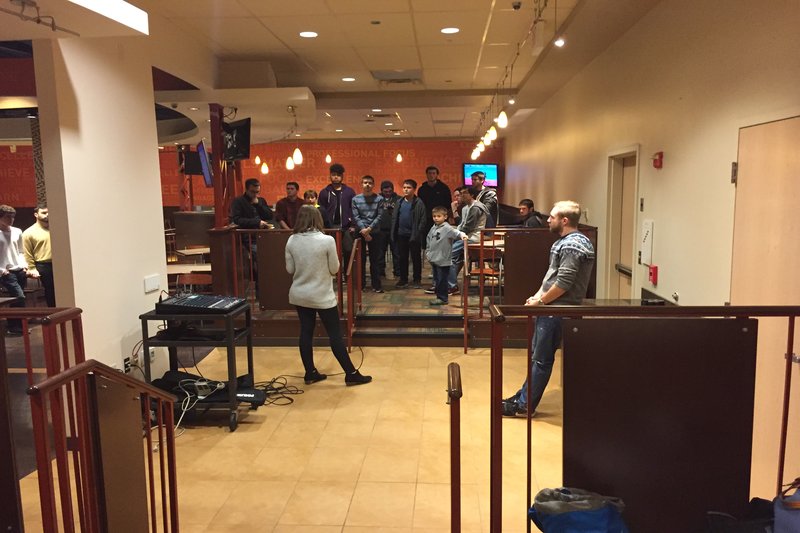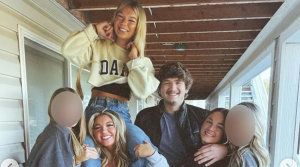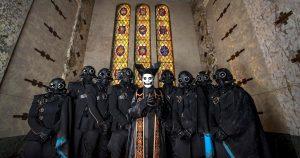RMU group moves to make type 1 diabetes to type none
December 3, 2016
Originally known as Juvenile Diabetes, is an incurable disease that is mainly diagnosed in children. According to the American Diabetes Association, type 1 diabetes is when the body fails to produce insulin, which results in the body being unable to process glucose from the bloodstream into the cells. Also according to the American Diabetes Association, only about five percent of people will be diagnosed with this disease.
For so many people, it is important to find a cure for type 1 diabetes. T1D Warriors is a group at Robert Morris University that has made it their goal to help fund research to turn type 1 diabetes into type none. A recent event held by the T1D warriors to raise money for the disease took place on Thursday, Dec. 1 at the PNC Colonial Cafe. This event, known as Real Life Throwback Thursday, offered childhood favorites such as grilled cheese, tomato soup, and lemonade to people for a small fee of $5.
“We called it Throwback Thursday ’cause we’re serving grilled cheese sandwiches with tomato soup; kinda to take you back to the whole childhood feel for when it’s a rainy day and you want your mom to cook you something nice and quick. We’re also gonna have lemonade and hot chocolate to be sold; kind of go back to the throwback of the event,” said John Sargeson, communications major and one of the leaders of the T1D Warriors.
To go along with the childhood food and drinks, Real Life Throwback Thursday also offered people to take part in Nintendo64 games provided by the Super Smash Bros. Club on campus.
“We are also gonna have a 50/50 raffle going on… Then once the hour hits, we are going to have a speaker from a family who has been affected by type 1 diabetes,” said Sargeson.
One of the speakers at the T1D Warriors event included Caroline Simms, a sophomore at Butler Area High School. Simms has had type 1 diabetes for nearly six years and goes through life every day by regularly testing her blood sugar, wearing her insulin pump, counting her carbs.
“I check it (blood sugar) before I eat, before I go to bed. Usually about five times a day… I feel them (low/high blood sugar) usually whenever I’m 70, which is when my blood sugar starts to drop,” said Caroline Simms.
Mary Simms, mother of Caroline Simms, said they found out their daughter had type 1 diabetes six years ago when their daughter entered a diabetic coma due to high blood pressure.
“We went to Children’s Hospital… And we learned about taking care of her with blood sugar checks, counting carbs, making sure we knew how to figure out how much insulin to give her on a regular basis and pretty much all of us have now become very aware of her health and making sure she stays healthy and that her blood sugar stays close to range as possible,” said Mary Simms.
Other speakers at the event included a young boy named Ethan and Maura Linehan. All proceeds benefited the Juvenile Diabetes Research Foundation.













Mary Simms • Dec 4, 2016 at 3:56 am
Thank you so much to everyone who was a part of this event! One correction to the article…:Caroline is a sophomore at Butler Area High School. We are so grateful for the effort that was put into this event, the opportunity for Caroline and others to speak and raise awareness, and the funds that were raised for JDRF. Type 1 diabetes is a serious, life threatening , currently incurable disease, and support like that shown at RMU is necessary to help bring us closer to a cure! Thank you!!